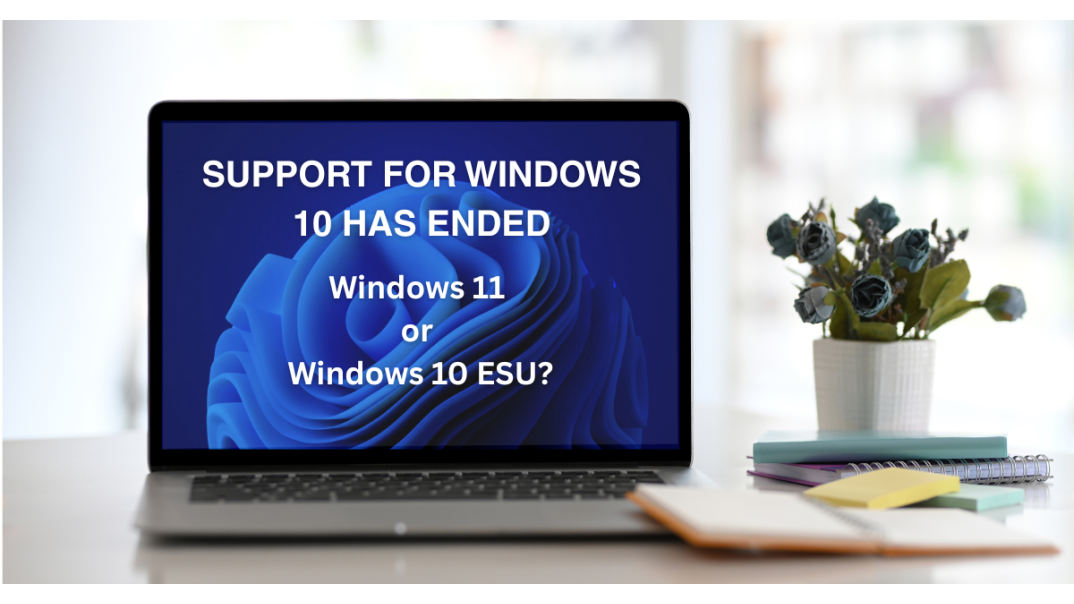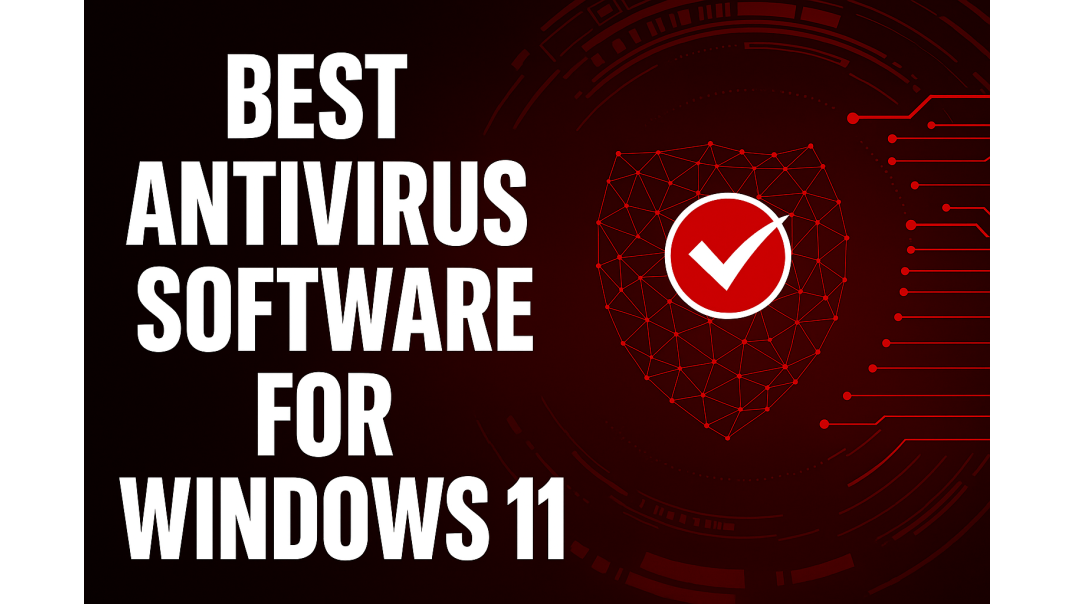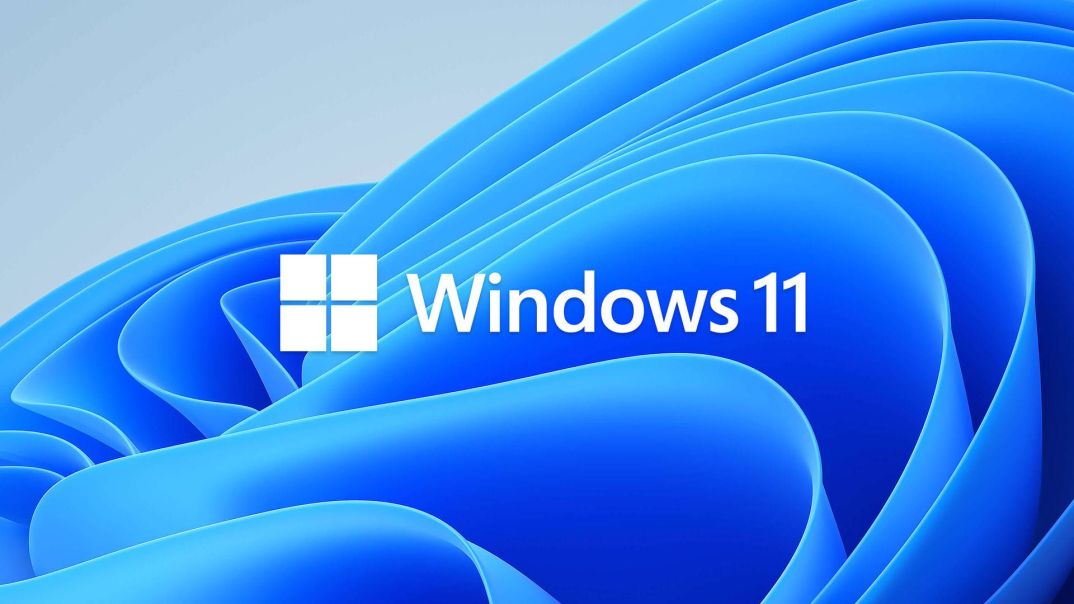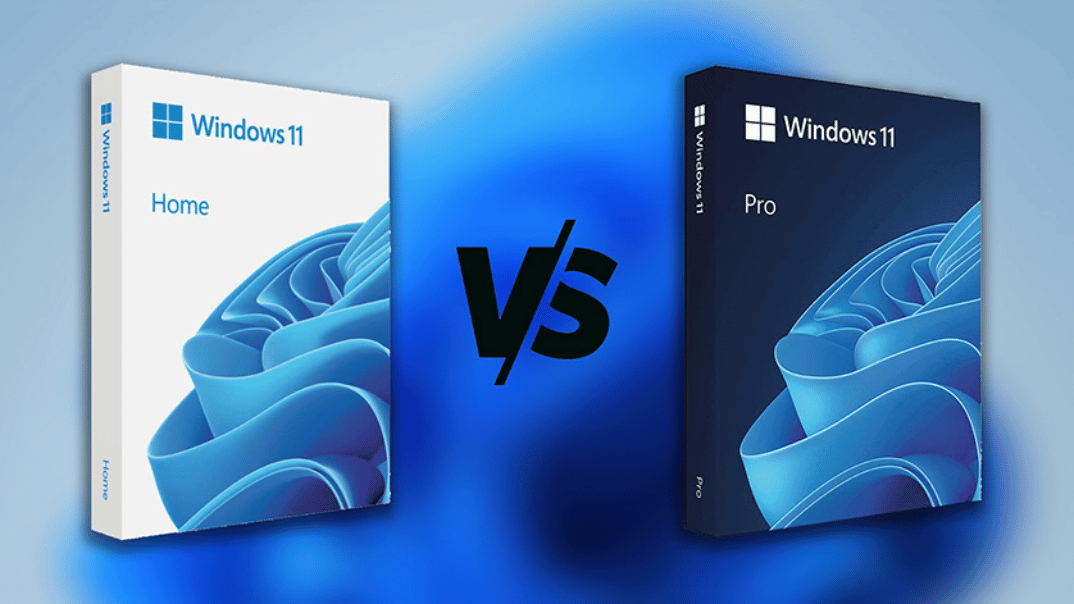Windows 11 or Windows 10 Extended Security Updates (ESU)?
Windows 10 reached the end of support on October 14, 2025. That means no more feature or security updates unless you enroll in the Windows 10 Extended Security Updates (ESU) program or upgrade to Windows 11. This guide helps you decide between Windows 11 or Windows 10 ESU, with costs, eligibility, and clear steps.
What Windows 10 End of Support Means
Your Windows 10 PC will continue to function, but Microsoft will no longer provide security updates, fixes, or technical assistance. Staying on an unpatched OS increases risk over time, so either upgrade to Windows 11 or enroll in ESU to keep receiving security updates for one more year.
If you use Microsoft 365 apps (Word, Excel, Outlook) on Windows 10, Microsoft will continue security updates for those apps until October 10, 2028, to help during your transition. Feature updates stop earlier per channel.
Windows 11 or Windows 10 ESU?
Pick Windows 11 if:
- Your PC meets Windows 11 system requirements (CPU, TPM 2.0, Secure Boot, etc.). Check and upgrade Windows 11 free in Settings → Update & Security → Windows Update, or consider getting a new Windows 11 product key for your upgrade.
- You want full support, new features, and the best security posture.
Pick Windows 10 ESU if:
- Your device can’t run Windows 11, or you need time to replace hardware.
- You’re OK with security updates only (no features, no general tech support). The program runs through October 13, 2026, and a Windows 10 ESU can cover up to 10 devices on your Microsoft account.
Option A — Upgrade to Windows 11 (recommended if eligible)
Why upgrade now
- Keeps you on a fully supported Windows release with ongoing feature and security updates.
- Free upgrade for eligible Windows 10 (22H2) devices via Settings → Update & Security → Windows Update → Check for updates.
Check eligibility
- Review Windows 11 system requirements (CPU generation, TPM 2.0, Secure Boot, RAM, storage).
Quick upgrade checklist
- Back up files (OneDrive or external drive).
- Update Windows 10 fully, then run Check for updates.
- Ensure AC power and ~25–30 GB free space.
- After upgrading, install pending Windows 11 updates.
Tip: If your device isn’t eligible for the free Windows 10 to Windows 11 upgrade, you can buy Windows 11 Pro at a great savings from Brytesoft.
Option B — Enroll in Windows 10 ESU (security updates only)
What ESU includes (and doesn’t)
- Includes: Critical/important security updates for Windows 10 (22H2).
- Does not include: Feature improvements, other fixes, or general technical support.
How much does ESU cost?
- No additional cost if you’re syncing PC settings (via Windows Backup).
- $30 one‑time purchase for one year.
- Use a single ESU license on up to 10 devices tied to the same Microsoft account.
- Program ends October 13, 2026; you can enroll any time until then.
Eligibility & prerequisites
- Device must run Windows 10, version 22H2 (Home/Pro/Pro Education/Workstations).
- Install the latest Windows updates first.
- Sign in with a Microsoft account that’s an administrator, not a child account.
- Consumer ESU is not offered to AD-joined devices, Microsoft Entra-joined devices in Kiosk mode, or MDM‑enrolled devices. (Entra‑registered is OK.)
- Regional note: Enrollment options/timing may vary by region (e.g., EEA). For more information, refer here to Microsoft Official Updates on Windows 10 ESU.
Step‑by‑step: Enroll in ESU
- On your Windows 10 PC, open Settings → Update & Security → Windows Update.
- If eligible, select Enroll now and sign in with your Microsoft account (admin).
- Choose:
- Enroll at no additional cost (if you’re backing up/syncing PC settings),
- Make a one‑time $30 purchase valid for one year.
- Repeat Enroll now on up to 10 devices using the same Microsoft account (Add device).
Compare at a glance
| Decision | Cost & how | What you get | Ends | Requirements | Best for |
|---|---|---|---|---|---|
| Upgrade to Windows 11 | Free on eligible PCs via Settings → Windows Update. | Full support + features + security updates. | Ongoing | Meet Windows 11 system requirements. | Most users are ready to move now. |
| Windows 10 ESU | No additional cost (sync settings) / $30 one‑time; license can cover up to 10 devices. | Security updates only (no features / no general tech support). | Oct 13, 2026 | Windows 10 22H2; consumer device; MSA admin. | Holdovers who need time to replace hardware. |
Which should you choose? (real‑world scenarios)
- Your PC is eligible for Windows 11: Upgrade now (free), stay fully supported, and avoid another migration in a year. You can also consider upgrading to Windows 11 Pro from Brytesoft.
- Your PC isn’t eligible, and you’ll upgrade hardware in 2026: Enroll in Windows 10 ESU to stay protected until you buy a Windows 11 PC.
- You run Microsoft 365 apps daily but can’t move yet: ESU + the Microsoft 365 app security update window through Oct 10, 2028, buys you time.
Next steps (recommended by Brytesoft)
If you’re upgrading:
- Get a genuine Windows 11 Home or Windows 11 Pro product key from Brytesoft, then follow our Windows 11 download & install guide.
If you’re staying on Windows 10 for now:
- Enroll your device in Windows 10 ESU via Settings → Update & Security → Windows Update → Enroll now.
FAQ About Windows 10 End of Support: Windows 11 or Windows 10 ESU?
Should I upgrade to Windows 11 or enroll in Windows 10 ESU?
Upgrade if your PC is eligible (free via Settings → Windows Update) or consider buying a new Windows 11 OS from Brytesoft. Choose ESU if you need only one more year of security updates through October 13, 2026.
How much does Windows 10 ESU cost?
You can enroll at no additional cost (syncing PC settings) or pay $30 one‑time; a single ESU license can be used on up to 10 devices.
What are the requirements for ESU?
Windows 10 22H2, latest updates installed, and an administrator Microsoft account (not a child account). Consumer ESU isn’t offered to AD‑joined/Entra‑joined/MDM‑enrolled/kiosk devices.
Will my Windows 10 PC stop working after October 14, 2025?
No. It still works, but Microsoft no longer provides security updates unless you enroll in ESU. Unsupported devices are at higher risk over time.
Do Microsoft 365 apps still get updates on Windows 10?
To help with your transition, Microsoft will continue to provide security updates for Microsoft 365 apps on Windows 10 through October 10, 2028. However, upgrading to Windows 11 as soon as you are ready is strongly recommended.







